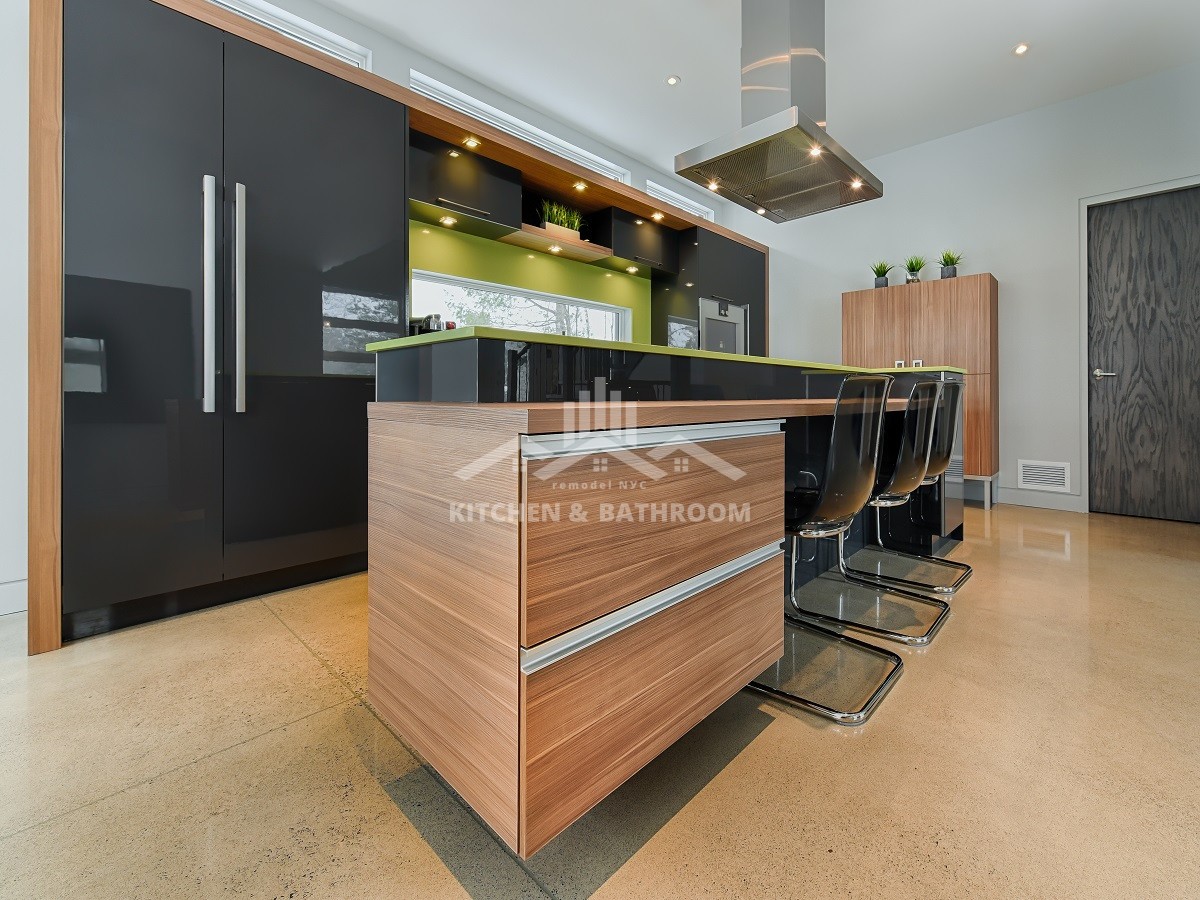
How to Make a Kitchen Island with Cabinets: A DIY Guide
A kitchen island with cabinets is more than just an aesthetic addition to your culinary space. It serves as a hub for meal prep, a gathering spot for family and friends, and a storage solution for your kitchen essentials.
Planning Your Kitchen Island
Determining Dimensions
Before you start building, measure the available space in your kitchen. The island should have enough clearance on all sides to ensure smooth traffic flow. Consider the height, width, and depth that would work best for your needs.
Choosing Cabinet Style
Select cabinets that complement your kitchen’s overall design. You can opt for matching cabinets or create a contrast with a different finish. Remember that the cabinets will not only contribute to the island’s appearance but also provide storage for utensils, pots, and pans.
Selecting Countertop Material
The countertop should be durable and resistant to heat, spills, and stains. Granite, quartz, and butcher block are popular choices. Choose a material that suits your cooking habits and aesthetic preferences.
Gathering Materials and Tools
To bring your kitchen island to life, gather all necessary materials and tools.
Cabinets and Countertop
Purchase or order cabinets according to your chosen dimensions and style. Ensure they come with detailed assembly instructions. Similarly, select the countertop material you prefer.
Hardware and Accessories
Collect knobs, handles, and any other hardware you wish to install on the cabinets. You might also consider accessories like towel racks or spice holders to enhance functionality.
Tools Needed
You’ll need basic tools such as a tape measure, screwdriver, drill, level, and saw. If you’re not experienced with power tools, don’t hesitate to ask for assistance.
Step-by-Step Construction
Preparing the Workspace
Clear the area where you’ll be assembling the island. Lay down a drop cloth to protect your floor.
Assembling the Cabinets
Follow the manufacturer’s instructions to assemble the cabinets. Place them upside down and attach the sides, bottom, and back. Then, flip them over and attach the countertop supports.
Attaching the Countertop
Carefully place the countertop on the assembled cabinets. Secure it using brackets or screws from underneath. Ensure the countertop is level and securely attached.
Adding Hardware and Accessories
Attach knobs, handles, and any other hardware to the cabinets. This is also the time to install any accessories you’ve chosen.
Painting or Staining
If desired, you can paint or stain the cabinets and the island to match your kitchen’s aesthetic. Allow ample time for drying before proceeding.
Installing the Kitchen Island
Electrical and Plumbing Considerations
If you plan to incorporate appliances or a sink into the island, consult a professional to ensure proper electrical and plumbing work.
Securing the Island in Place
Position the island in its intended location. Use shims to level it if necessary. Attach the island to the floor using brackets or screws.
Enhancing Functionality
Adding Shelves or Drawers
Maximize storage by installing shelves or drawers within the cabinets. These additions can help you organize pots, pans, and utensils efficiently.
Incorporating a Breakfast Bar
If space allows, extend the countertop to create a breakfast bar. It’s a great spot for quick meals or a casual workspace.
Installing Hooks or Racks
Hang hooks or racks on the sides of the island to keep frequently used items within arm’s reach. This can include kitchen towels, utensils, or even small pots.
Maintenance and Care
Cleaning and Hygiene
Regularly clean the countertop and cabinets to prevent the buildup of dirt and grime. Use appropriate cleaning agents that won’t damage the materials.
Preventive Maintenance
Check the island periodically for loose hardware or any signs of wear. Tighten screws, oil hinges, and address any issues promptly to prolong the island’s lifespan.
Benefits of a DIY Kitchen Island
Creating a kitchen island with cabinets yourself offers a sense of accomplishment and customization. You can tailor it to your kitchen’s specific needs and your personal style.
Conclusion
A kitchen island with cabinets is a valuable addition that enhances both the functionality and aesthetics of your kitchen. With careful planning and DIY spirit, you can create a stunning island that becomes the heart of your culinary space.
Can I add wheels to the kitchen island for mobility?
Yes, adding wheels is a great way to make your island portable. Ensure the wheels are sturdy and lockable.
Do I need to hire a professional for installation?
If you’re confident in your DIY skills, you can install the island yourself. However, for electrical or plumbing work, consulting a professional is recommended.
What's the best lighting for a kitchen island?
Pendant lights are a popular choice for kitchen islands. They provide focused lighting and can be a stylish addition.
Can I use an existing cabinet for the island?
Absolutely. Repurposing an old cabinet can be a sustainable and creative option for your DIY kitchen island project.
How can I incorporate seating into my island's design?
You can extend the countertop to create an overhang and place bar stools underneath for seating.